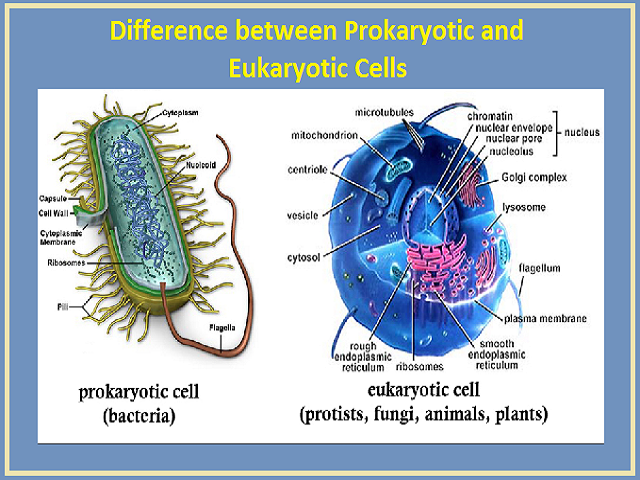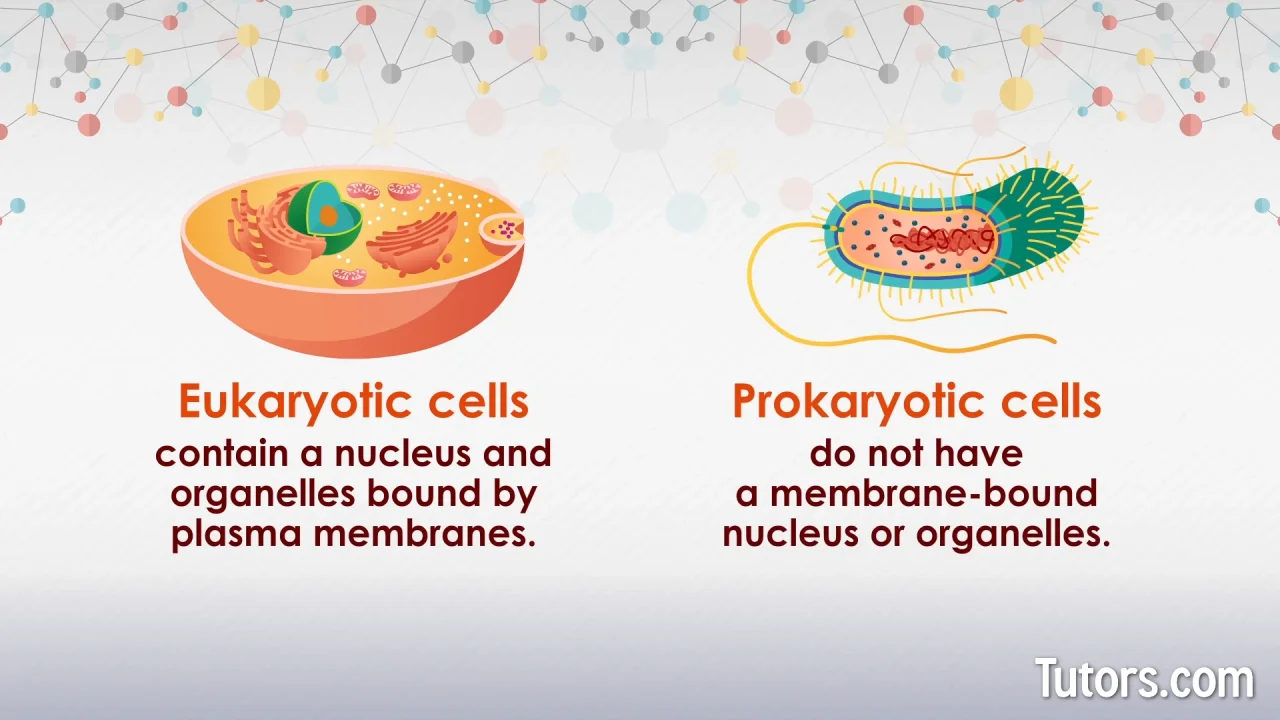What Best Describes the Difference Between Prokaryotes and Eukaryotes
Singular archaeon ɑːr ˈ k iː ə n constitute a domain of single-celled organismsThese microorganisms lack cell nuclei and are therefore prokaryotesArchaea were initially classified as bacteria receiving the name archaebacteria in the Archaebacteria kingdom but this term has fallen out of use. It is usually circular.

What S The Difference Between Prokaryotic And Eukaryotic Cells Quora
Archaea ɑːr ˈ k iː ə ar-KEE-ə.

. One notable difference is that prokaryotic RNA polymerase associates with DNA-processing enzymes during transcription so that processing can proceed during transcription. Taxonomy Question 3 The animal kingdom is divided into two main groups. It is both circular and found in.
A single cell performs all the functions essential for life. Which of the following statements best describes the consequences. Which of the following terms best describes the scientific study of naming and classifying living things.
In prokaryotes such as bacteria and unicellular eukaryotes like an amoeba etc. Classify each characteristic of gene regulation according to whether it applies to prokaryotes only eukaryotes only both or neither. The gene will be expressed but in less than optimal.
What is the difference between a gene that is derepressed and one that is induced. Vertebrates and invertebrates B. Ø Disulfide bond is a covalent bond.
The DNA is not tightly complexed with histones in eukaryotes. Ø Hydrogen bond definition. So with the overlap of processes all the genes on the mRNA end up getting translated together.
Ø They are very strong bonds and are not easy to break. As with exon-intron boundaries the regulatory sequences are variable more so in eukaryotes than in prokaryotes and in. Join a game of kahoot here.
The difference is that in the past attention has been directed at the expression pathways for individual genes with groups of genes being considered only when the expression of one gene is linked to that of another. Biology 1 End-of-Course Assessment Practice Test For Multiple Choice Items circle the correct response. The chromosomes are usually circular in eukaryotes and usually linear in prokaryotes.
Ø A disulfide bond may be formed between the cysteine residues of same polypeptide chain or different polypeptide chain of a functional protein. Ø Disulfide bonds stabilize the tertiary structures of the protein. It is found in a nucleoid.
Archaeal cells have unique properties. What are the names of these two groups. It is found in a nucleus.
Eukaryotes have more origins of replication than prokaryotes. Transcription is when RNA is copied from DNA. In multicellular organisms there occurs division of labour and cells are specialised to carry out different functions.
Which describes one difference between prokaryotic and eukaryotic DNA replication. Which of the following statements best describes the bacterial chromosome. A single-cell zygote gives rise to complex multicellular organisms.
Hydrogen bond is an. Unlike eukaryotes prokaryotes have more than one gene on an mRNA strand. During transcription RNA polymerase makes a copy of a gene from the DNA to mRNA as needed.
Is a free game-based learning platform that makes it fun to learn any subject in any language on any device for all ages. This process differs slightly in eukaryotes and prokaryotes. For example in humans the majority of prokaryotes are found in the colon so multiplying the total human population of 68 10 9 by the number of prokaryotes per gram of human colonic matter 32 10 11 by the average amount of colonic material per human of 220 grams gives an estimated total of 48 10 23 prokaryotes based on ref.
What Is The Difference Between Eukaryotic And Prokaryotic Flagella Quora

What Is The Difference Between Prokaryotic And Eukaryotic Cells

Prokaryotic Vs Eukaryotic Cells Differences Examples

Prokaryotic And Eukaryotic Cells Worksheet Answers Biology Worksheet Biology Lessons Cells Worksheet
No comments for "What Best Describes the Difference Between Prokaryotes and Eukaryotes"
Post a Comment